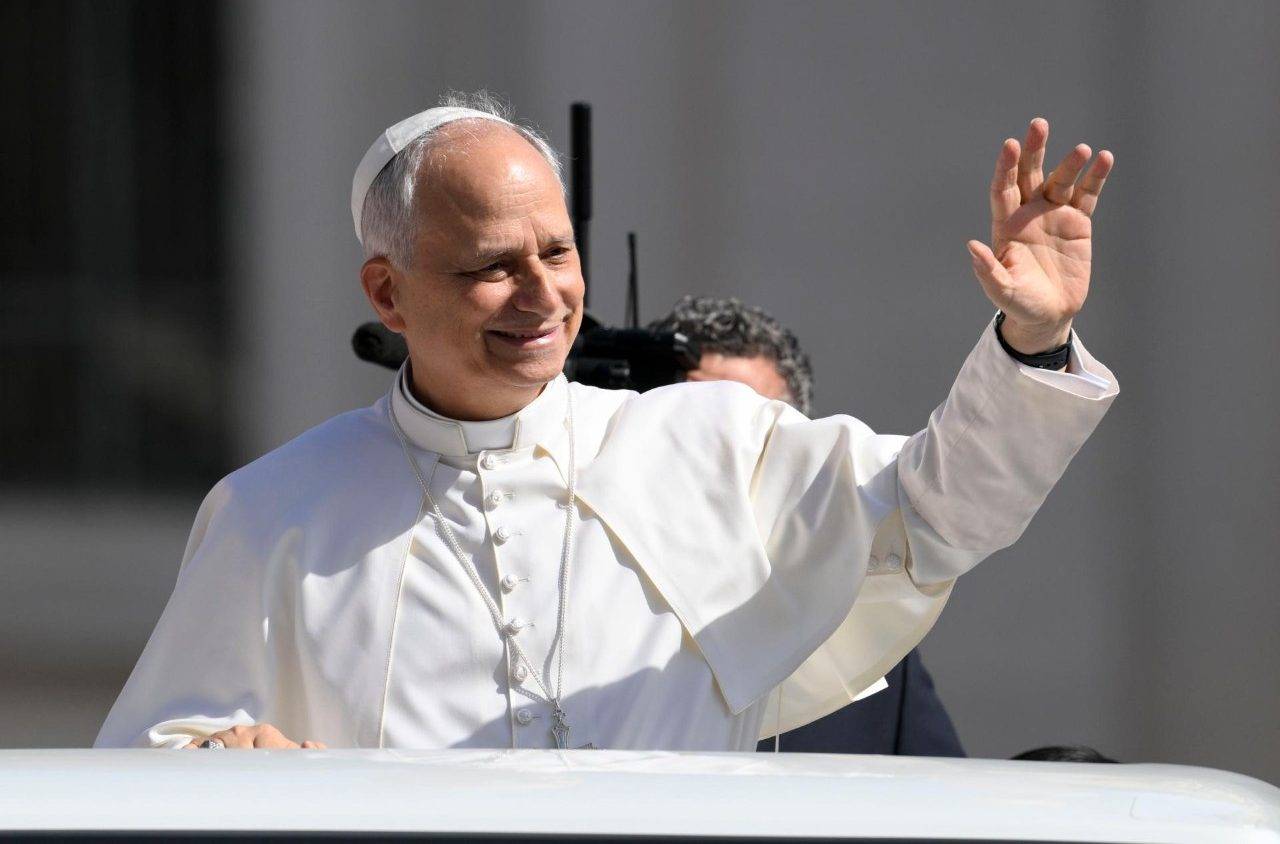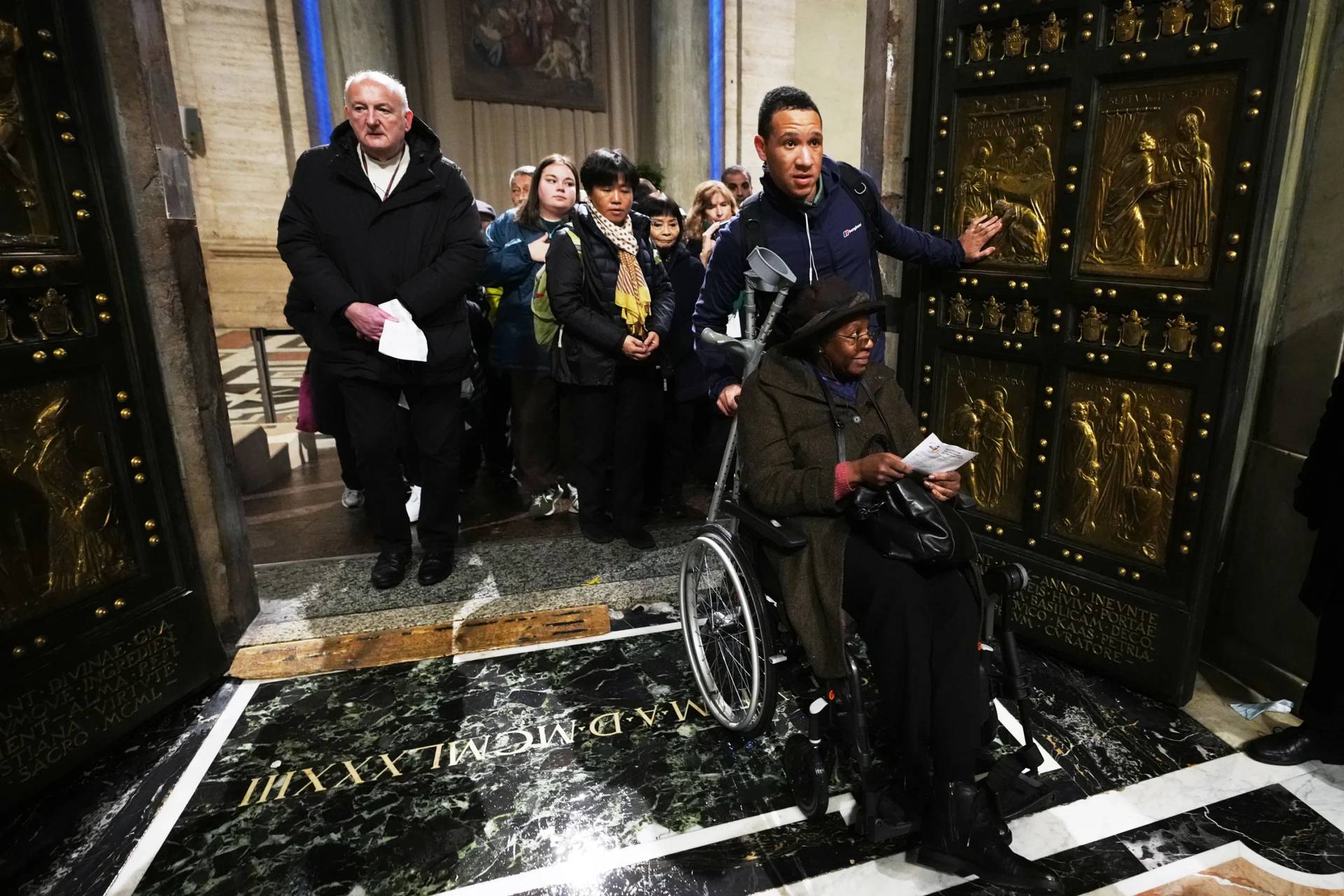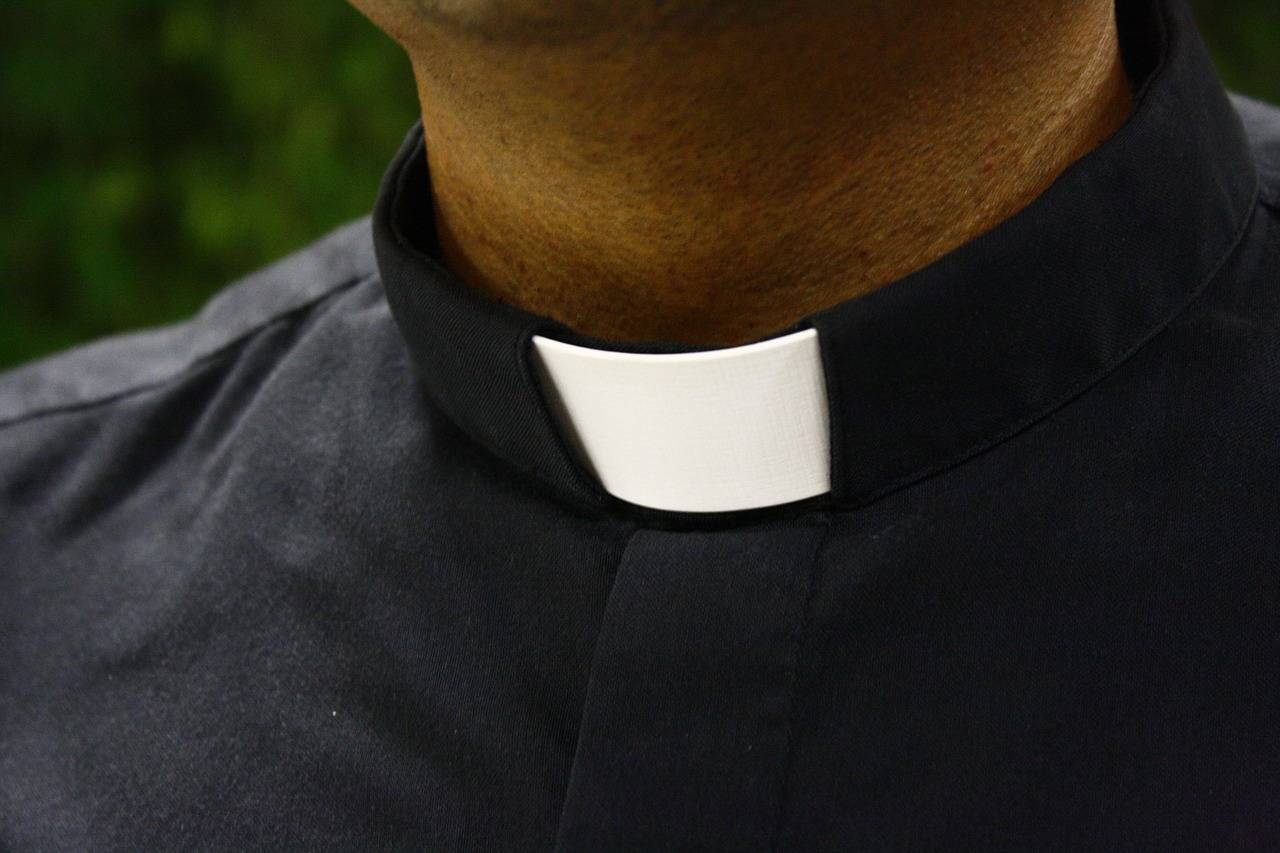In the history of this pontificate, October 2016 may come to be seen as the focal point of Christian unity initiatives — beginning with the Orthodox and ending with the Protestants, with the Anglicans (appropriately) sandwiched between the two.
The Pope began the month with a landmark visit to Georgia — where the Orthodox Church is at its most conservative and suspicious of Rome — not long after the news that a document has come to an agreed Catholic-Orthodox position on the vexed questions of “synodality and primacy” during the first millennium.
Given that differences on the synodal structure of the Church and the primacy of the Pope are two of the greatest obstacles to unity between Catholics and Orthodox believers, the document — which has not yet been published — will help to deepen the ties Francis has established with Patriarch Kirill of Moscow in Cuba in February and Georgia’s Patriarch Ilia II.
At the end of the month, meanwhile, all eyes will be on Francis’s visit to Sweden for the joint Catholic-Lutheran commemoration of the 500th anniversary of Martin Luther’s 95 theses, which he nailed to the church door in Wittenberg, Germany. (Technically, the anniversary is October next year, but the year-long commemoration begins this month.)
Again, the meeting will add a personal and symbolic warmth to preceding theological rapprochement, demonstrated recently by a U.S. Lutheran declaration that there are no longer “church-dividing issues” with the Catholic Church on questions of church, ministry and the Eucharist.
But this week is all about Anglicans, hundreds of whom are gathering in Rome for a series of events to mark a half-century of Anglican-Catholic search for unity.
This evening Pope Francis will pray with the leader of the 80m-strong Anglican Communion, Justin Welby, on the 50th anniversary of the first meeting since the Reformation of a pope and an archbishop of Canterbury.
The church where the Vespers will be held (the Sistine Chapel choir will be joining forces with the choir of Canterbury Cathedral to provide the polyphony) is significant: in 597, the prior of the monastery church of San Gregorio al Celio was none other than St Augustine of Canterbury, whom Pope Gregory I sent that year to evangelize England — “this barbarous, fierce and unbelieving nation,” as he described it.
In between that event and the historic 1966 meeting of Michael Ramsey and Blessed Paul VI is a long and complex history in which the Reformation is only part of the story. While one strain of the Church of England is pretty much indistinguishable from Protestantism, another part can sometimes seem more Catholic than the Catholics.
In between is the Anglican mainstream, which at least in England considers itself not so much the product of the Reformation as a reformed version of historic Catholicism.
The 1966 meeting led to the setting up of the Anglican Center — known as the ‘Anglican embassy to Rome’ — to help further the understanding between the two Churches. It also sparked a series of bilateral meetings and agreed documents under the auspices of the Anglican-Roman Catholic International Commission (ARCIC).
New Zealand Archbishop David Moxon, who heads the Center, says the official dialogues have produced “about 85 per cent agreement over basic core doctrine” — including Baptism and Eucharist, missiology and the use of the Bible.
Yet while there will be more of that dialogue this week — including a colloquium at the Gregorian University — the stress now is on joint action and common witness, especially what Moxon describes as “a practical partnership in mission.”
Joining the Pope and the Archbishop of Canterbury at their joint Vespers at San Gregorio church tonight will be 19 pairs of 36 Anglican and Catholic bishops brought together by the other main dialogue body, the International Anglican-Roman Catholic Commission for Unity and Mission (IARCCUM). The 19 pairs will be symbolically sent out on mission together by Francis and Welby.
Writing in the English Catholic weekly The Tablet, Moxon says that the two Churches “are capable of formally agreeing on much more, in the areas of biothics, euthanasia, modern slavery, climate change, and many other justice-and-peace issues.” Such a joint mission, he says, “witnesses to the presence of God in ways that are as potent as a great prayer or an uplifting liturgy.”
That will be a key theme of discussion when, tomorrow morning, Archbishop Welby meets Francis in the company of about 20 Anglican bishops — about half of the leaders of the Communion’s 38 provinces, the most populous of which are now in the global South.
The fact that not all are coming is a sign of the deep fractures within the Anglican Communion, which is a loose federation of national Churches rather than a unitary body.
Moxon is full of praise for what he calls Pope Francis’s “extroverted ecumenism,” and is convinced that joint mission will be the main driver of unity between the Churches. If mission starts to drive ecumenism, says Moxon, both sides will “find God drawing us together.”
That, of course, chimes exactly with Francis’s repeated calls for Christians to be and act together in the service of the Kingdom rather than spend time in introverted, intellectual dialogue, which risks closing off the action of the Holy Spirit.
At the background of this week, therefore, is a longstanding recognition that — given differences over authority, the Eucharist, and the priesthood — institutional unity is too far-off a goal to reach for, and that it is better to focus on concrete joint actions in the here and now.
One side effect of this “extroverted ecumenism” may well be to help resolve the Anglican Church’s own crisis of identity.
Last year San Gregorio sent its valuable relic, the head of the crozier of St. Gregory the Great, to the Anglican Primates’ Meeting, which was attempting to resolve the longstanding dispute within the Communion over homosexuality.
Whether its presence helped is not clear, but it was a sign that the Successor of St. Peter cares not just about the unity of the Catholic Church, but the whole of Christendom.
















